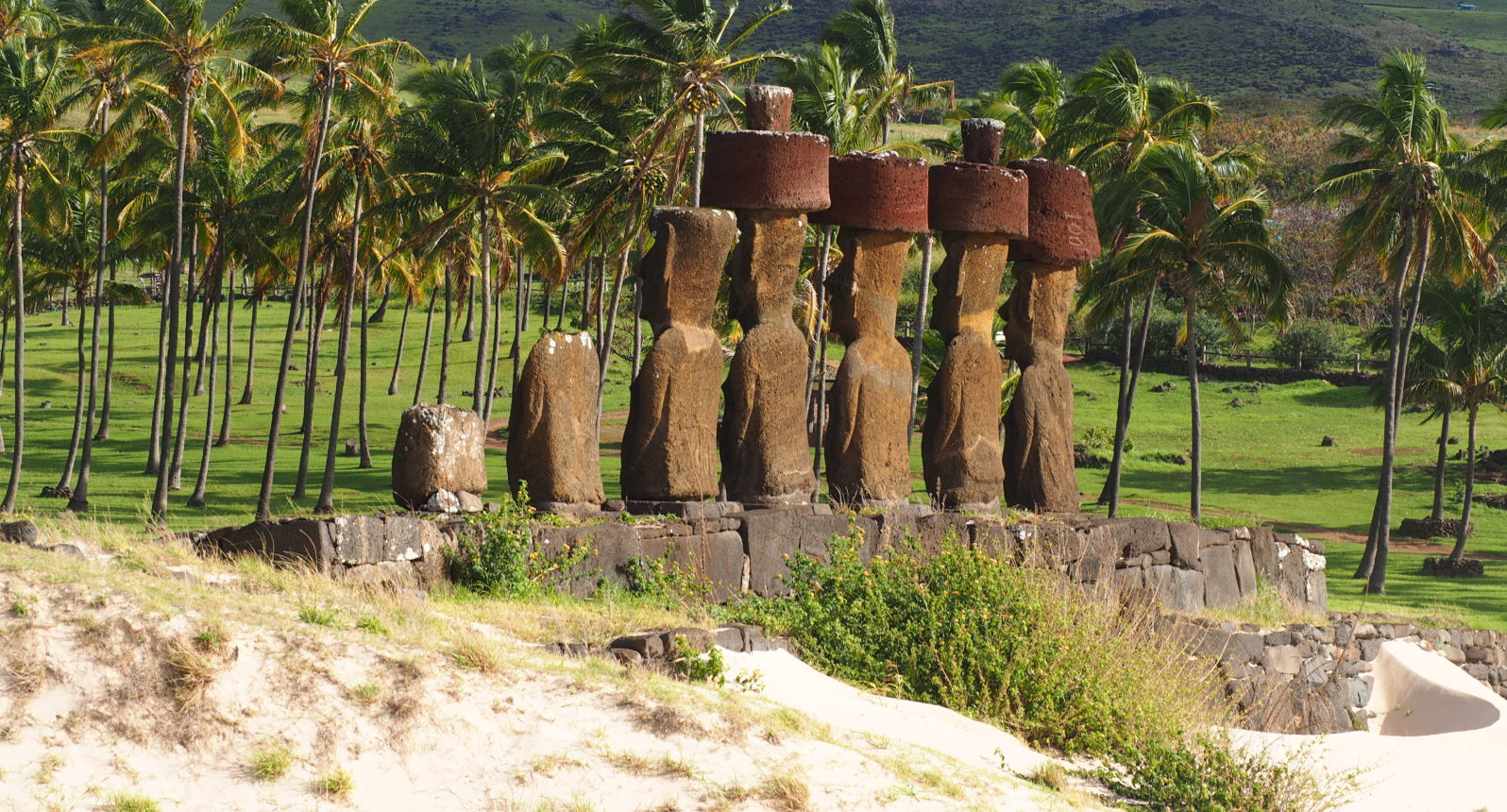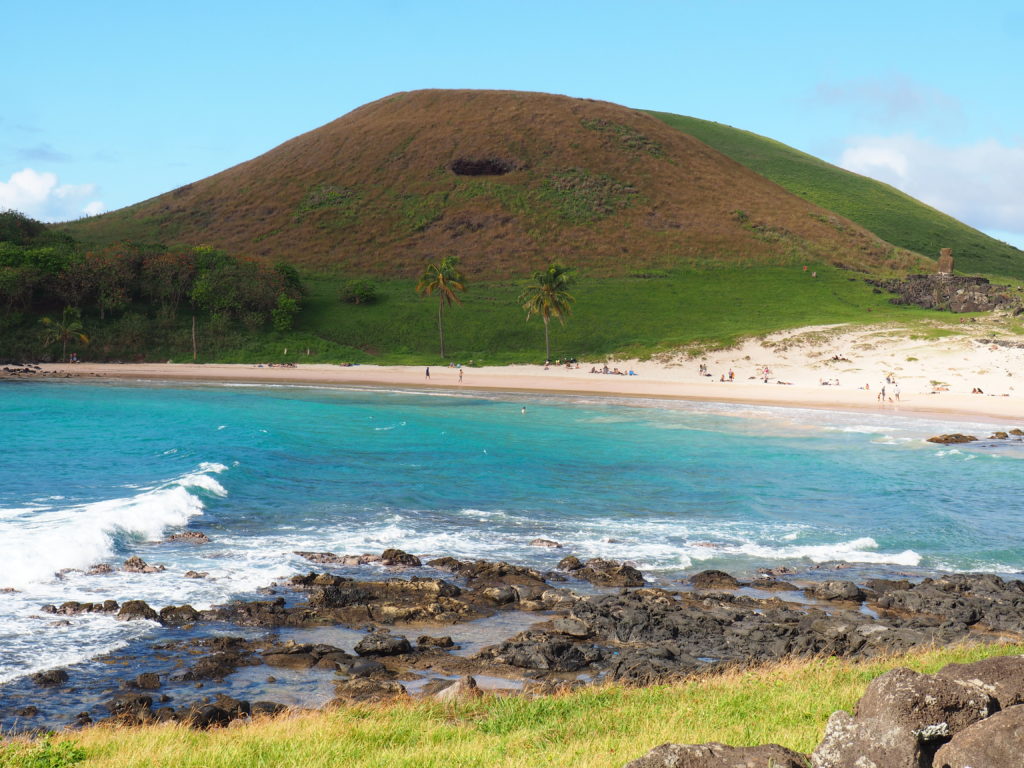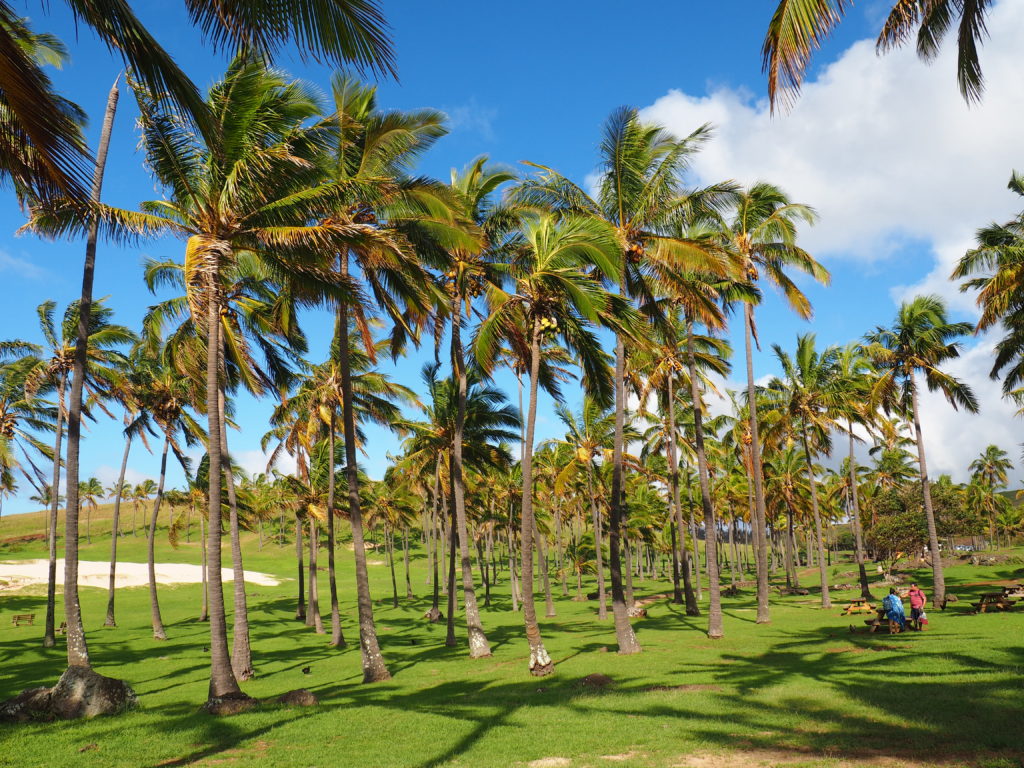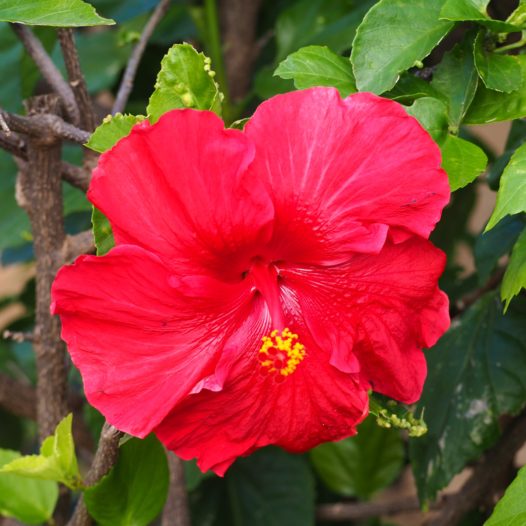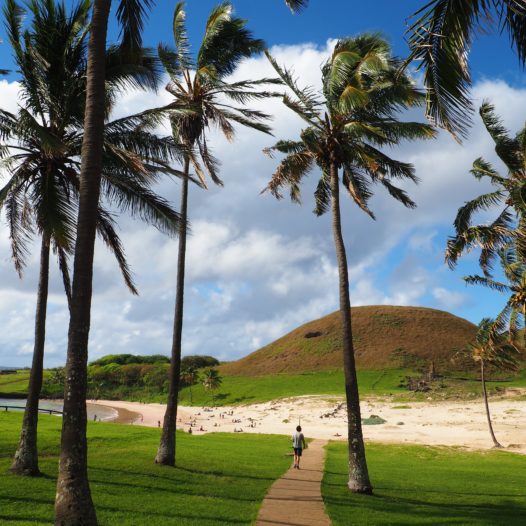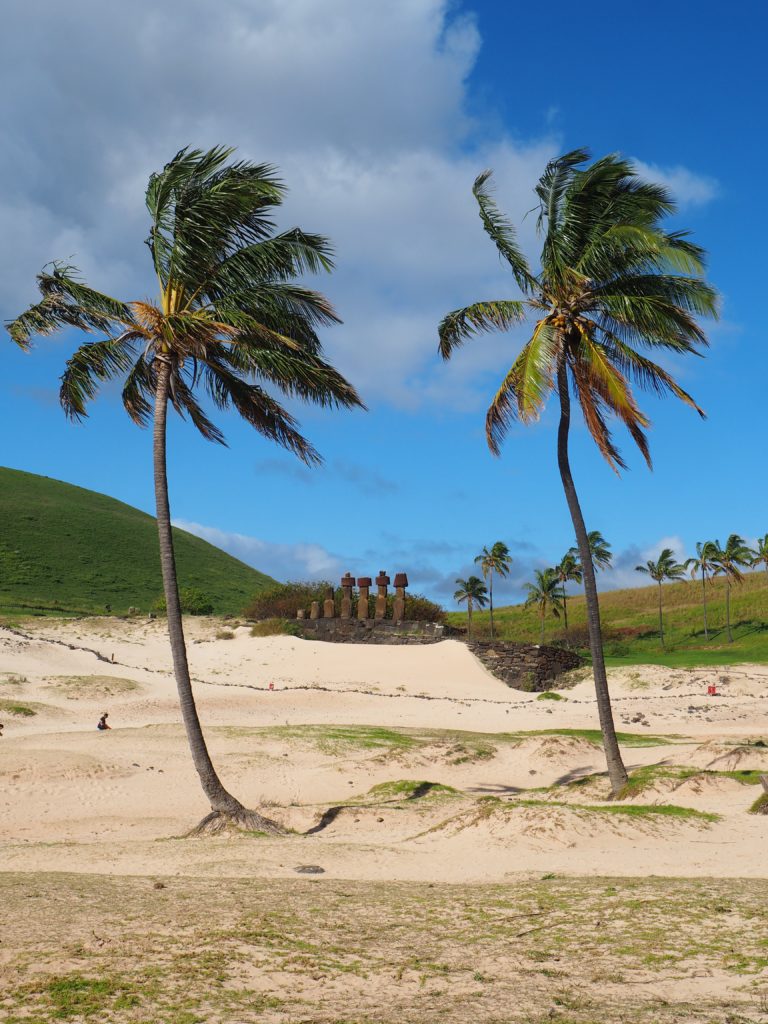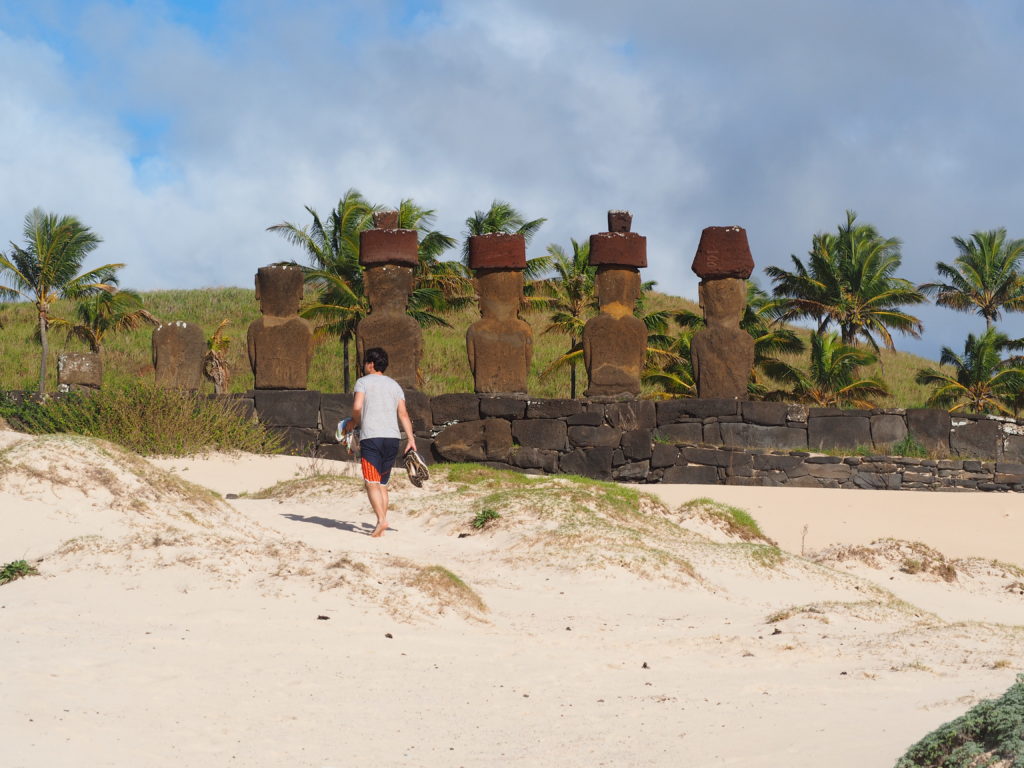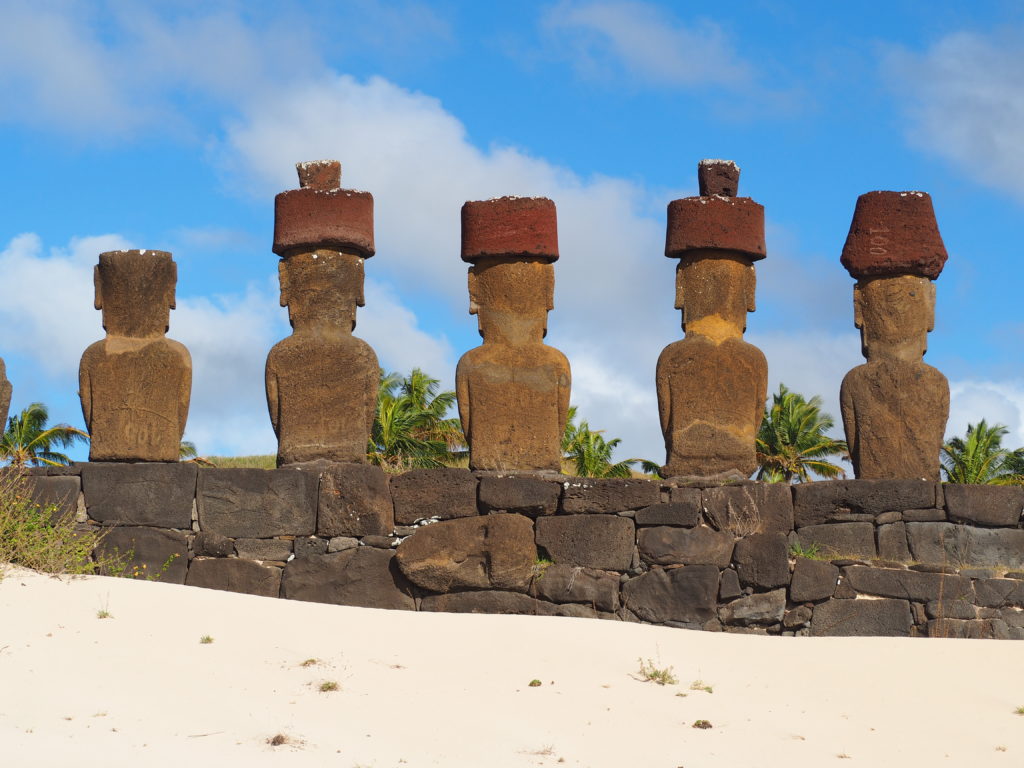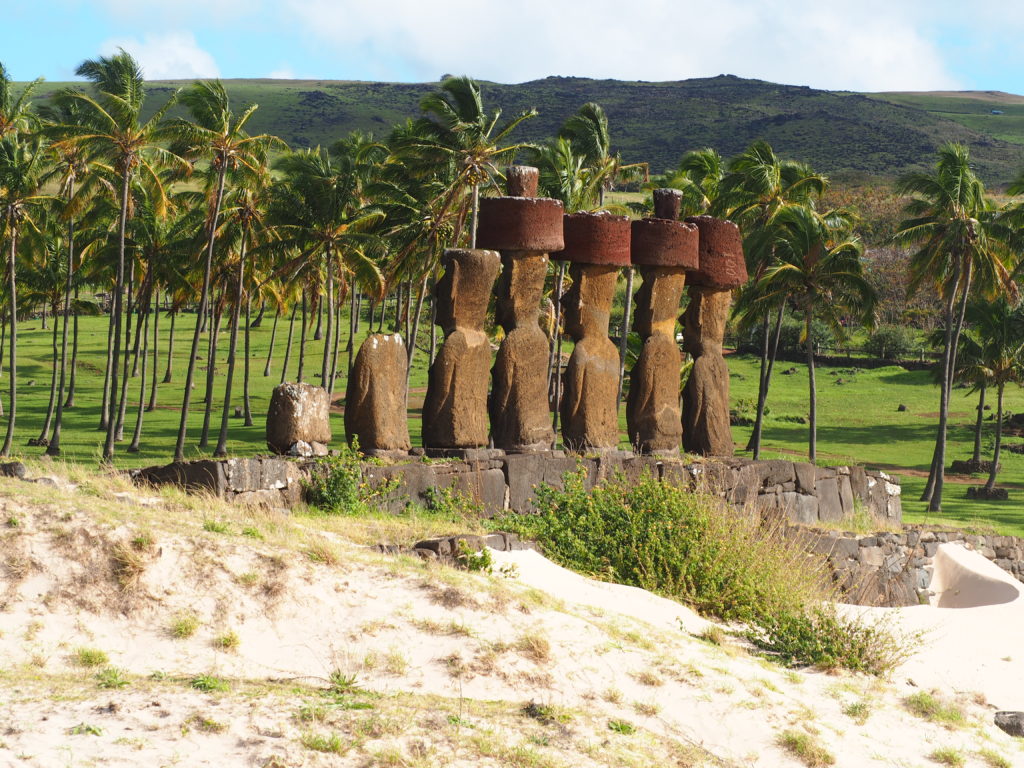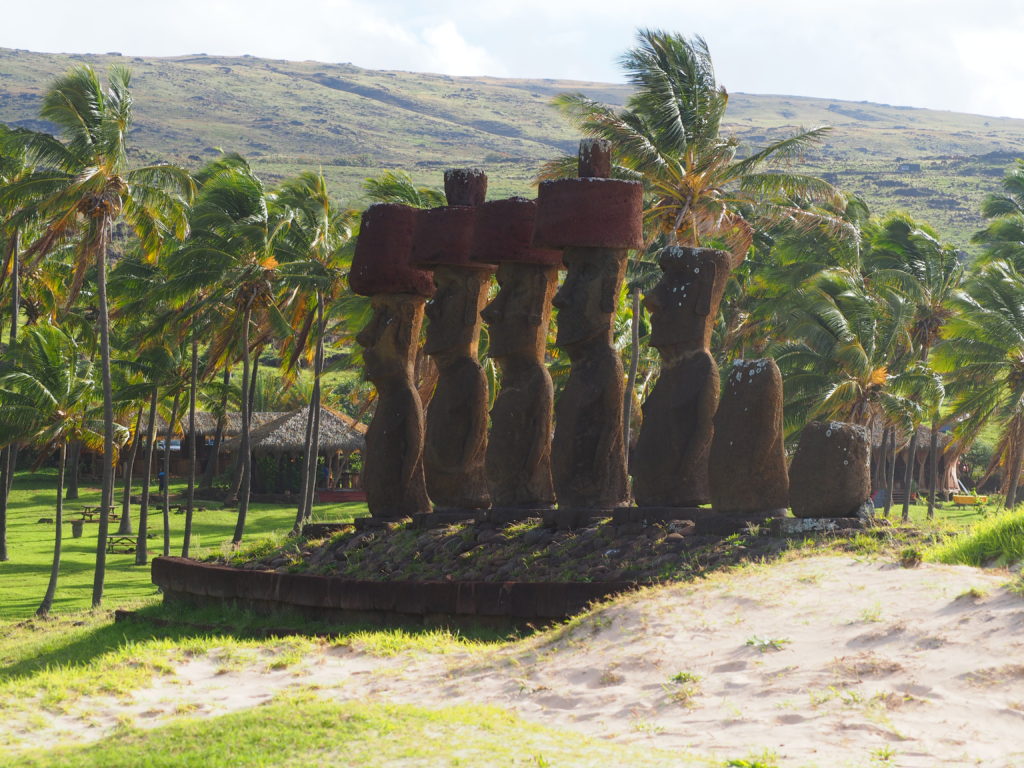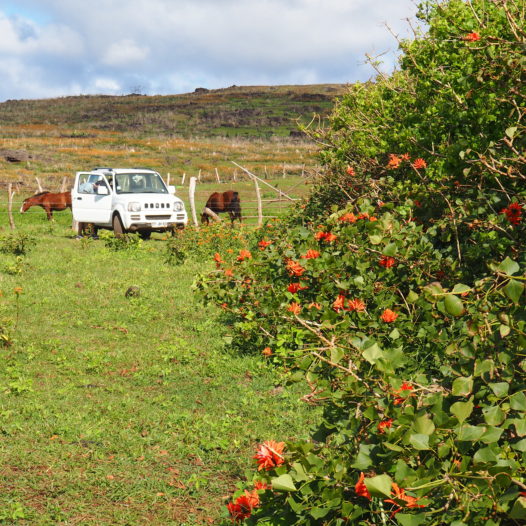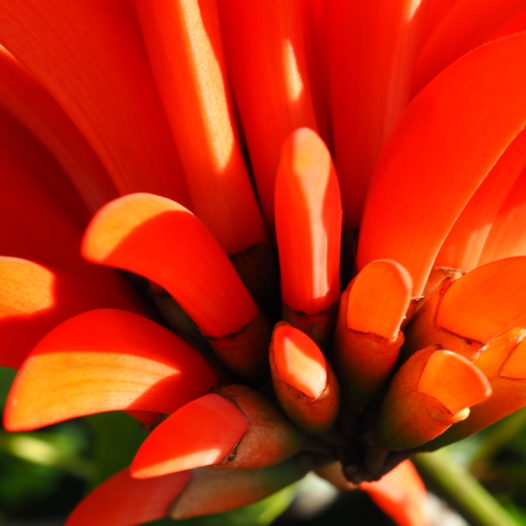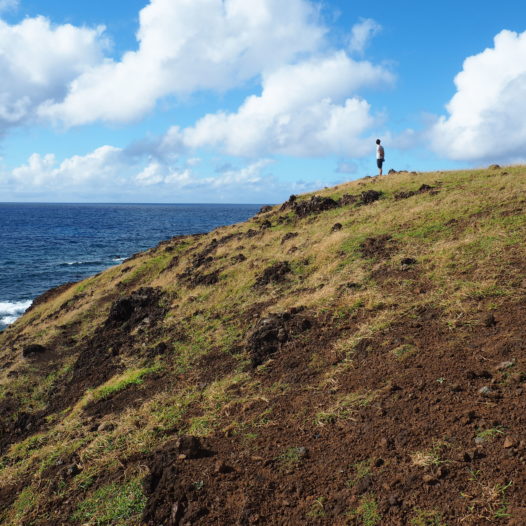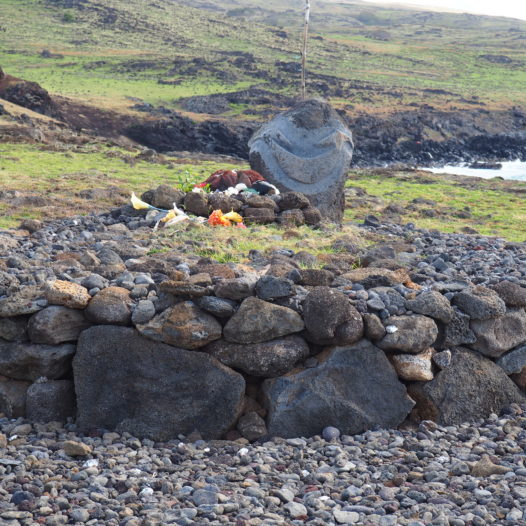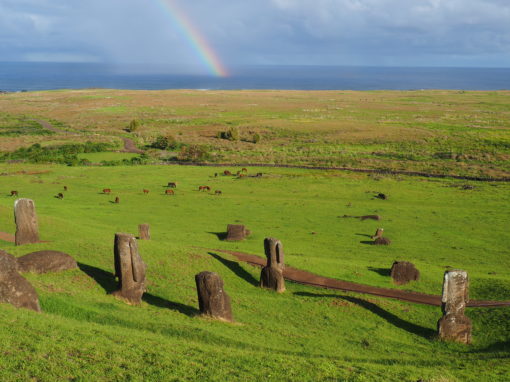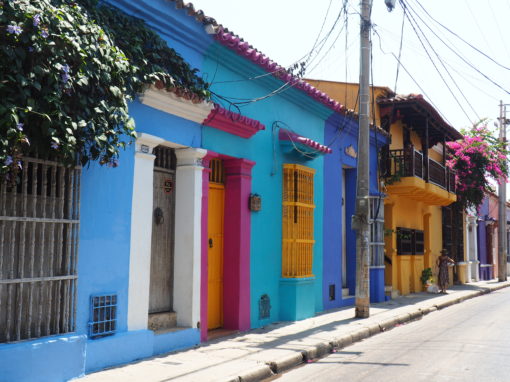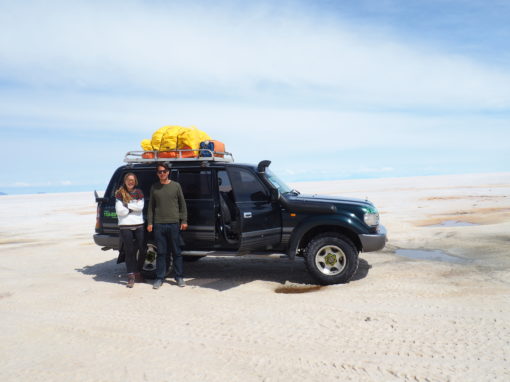WHAT: Well, the title of this article says it all. WHERE: There are few beaches on Easter Island. This spot on the north is one of them. HOW LONG: An hour or two will do to get the feeling. But if you're in the mood of catching those rays, well then as long as you like! HOW MUCH: It's free! Although getting to Easter Island isn't actually really free of cost.
Where’s Waldo?! While driving around Easter Island you constantly need to be alert, or you might just miss spotting a moai within reach. In this photo above you can see one in the top right corner, Ahu Ature Huki. On the right side of it, but outside of the photo, another ahu (a shrine) is to be found, this time with seven moai on top of it: the Ahu Nau Nau. The ones of the main picture.
All along the shores of Easter Island you can see groups of moai standing fiercely and with pride. Most of the time they’re facing the hills, showing their backs to the sea, as a way of protecting the island. All of them are special of course, but Ahu Nau Nau in particular won the lottery. I mean, just look at that spectacular location.
Almost all of the coastal line of Rapa Nui is rocky and rough. Pieces of land that wouldn’t misfit the coast of Ireland. But on the north side of the island, suddenly there’s a soft break in the pitch black landscape. An inland bay just pops up out of the blue and softens the outlook of the island with golden sand, a gorgeous coconut grove, crystal clear water, calm waves and free ranging horses in the grassy hills behind the moai. Such a welcoming place.
Anakena was our first stop on Rapa Nui. After a long, overnight flight, it was just such a dream landing on this strip of land. But Anakena is much more than the biggest and most beatiful beach of the island, it’s a legendary place.
According to the stories this is the spot where the first king Hotu Matu’a disembarked around 700-1000 AD. That makes sense, since this is probably the easiest strip of land to enter with a boat. So Anakena basically represents the start of the Rapa Nui culture.
Knowing all of this while laying on Anakena beach with those impressive moai behind you – built as a tribute to the first arrival on the island – is quite an experience for sure.
Luckily it’s still a very pristine spot. There’s little development in here. On the outer skirts of the beach you’ll find two small restaurants and some souvenir stands. Apart from that, the beach must have more or less the same picturesque outlook as it did ages ago, at the time of the arrival of Hotu Matu’a and his fellows.
If you have the time, try to walk a little further to the western side of the beach. The eastern side has pretty views too, but you can appreciate Anakena beach best from the left side. More wild horses are roaming the grounds and wild flowers are all around.
Because of its location and its history, I personally thought Anakena was one of the most special beaches I’ve ever been. I think it’s best to come to this place when the sun is out, perhaps after a long day of sightseeing the island.
So grab a Chilean beer or a pisco sour, watch those waves roll in and see how the sunset warms the backs of the moai at the end of the day.
